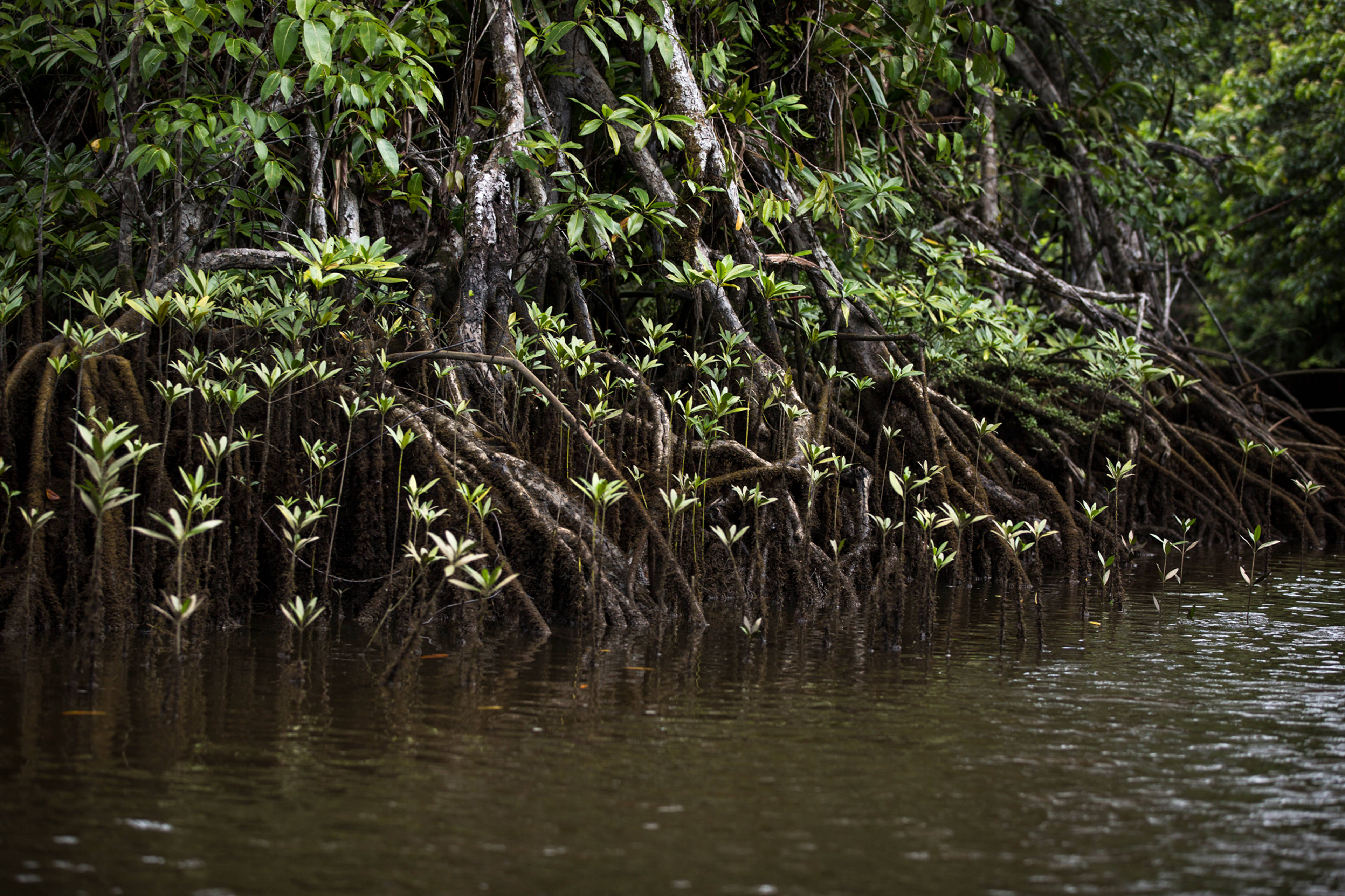Hudson Farm
United States
1,283 ha
Covering over 3,600 acres of mixed hardwoods, oak-hickory, and northern conifer in northern New Jersey, Hudson Farm is one of the largest working farms in the state and, as the location where the idea for the Appalachian Trail was conceived, boasts a rich cultural history. Today, Hudson Farm serves the community through conservation and recreation-based programming. An Improved Forest Management project, Hudson Farm harvests using sustainable methods to safeguard the forest's wellbeing. Over time, sustainable harvesting practices improve a forest’s carbon sequestration capacity.
Connect with our team to learn more about this project and how Pachama can support your nature strategy.
Hudson Farm connects several parcels of sustainably harvested forest
1 / 4
1/4
Quality check
Quality insights
Large-scale recreation and wildlife conservation near New York and Philadelphia
Verification report 2018-2019
pdf
Project description
pdf







